Up we go. It’s the Tour de France, nosebleed version.
Chrsitan Prudhomme and ASO announced a mountain climb-heavy Tour de France route. There are 30 climbs that are either rated Hors Categorie, Categorie 1 or 2 and five summit finishes.
This is the kind of route the gets pint-size climbers like Romain Bardet (AG2R), Thibaut Pinot (Groupama-FDJ) and Nairo Quintana (Movistar) very excited. This is goosebump, can’t-wait stuff.
There are plenty of mountains and very little of those annoying tests against the clock. There’s a 27k team time trail on stage 2 and a 27k individual time trial around Pau on stage 13. That should keep the climbers in the race instead of dropping a minute or two in the contre le montre.
There’s high and then there’s higher. This year they pushed the elevation with summit finishes over 2000 meters. That’s over 6560 feet for those people who measure that way.
The showdown in the mountains starts as soon as stage six with the return — for the fourth time — of the La Planche des Belles Filles summit finish. This time they’ve added some gravel and spice, throwing in unpaved dirt road for the last kilometer that kicks up to 20% in gradient. They’re even worked in the Ballon d’Alsace climb to up the degree of difficulty. Super fun, if you’re Froome, Vincenzo Nibali or Fabio Aru, all previous winners on La Planche.
Then it’s off to the Pyrenees mountains for more vertical challenges to the laws of gravity. Stage 12 serves up the Col de Peyresourde and Hourquette d’Ancizan before a ripping fast 25km downhill finish into Bagnères-de-Bigorre. This one has Nibali and his ferocious descending skills written all over it.
After the following day’s individual time trial in Pau, it’s Tourmalet Time. Stage 14 begins in Tarbes and ends atop the Giant of the Pyrenees. Gradients aren’t brutal at 7.4% but the top gets steeper as the air gets thinner. Again, a thrilling day if you’re an emaciated climber with a superior power-to-weight ration.
Stage 15, the final day in the Pyrenees, is a leg-killer with four categorized climbs. The final body blow is a summit finish at Prat d’Albis. It’s an 11.8km climb that averages almost 7%. Sounds miserable, is miserable.
By that time we’ll have a GC classification that shows who has the form — if they can hold it in the Alps — to win the Tour de France. We’ll also have a decent number of contenders already be on the wait-till-next-year list.
The three days in the Alps begin on stage 18 from Embrun to Valloire. It’s bang, bang, bang — Col de Vars (2,109m), Col d’Izoard (2,360m) and Col du Galibier (2,642m). Survive that in good shape and you have a fast, technical descent into the ski town of Valloire.
Exhausted? Barely able to drag yourself out of the hotel bed and town to the team breakfast? Then you’re in trouble.
On stage 19, the Tour de France — and more specifically the riders — will hit the high point. The Col de l’Iseran is at 2,770 meters (9,087 feet), a 12.9k beast that averages 7.5%. Will we see the explosive Nairo Quintana of old? Will Romain Bardet free himself from the Sky leg irons? If so, then one of them will ride solo up Montée de Tignes, a 7.4km climb averaging 7%. If you like yellow, this is a good day to go get some.
Ahh, the cumulative agony, except for the three or five riders fighting for glory and the final GC placing. The last day in the Alps will force a weary peloton across the Cormet de Roselend and Cote de Longefoy before a summit finish at Val Thorens. That will be the final summit over 2000 meters and will decide who’s drinking the champagne the next day in Paris.
And just for grins and to upset as many strategic apple carts as possible, Monsieur Prudhomme has also mixed in his middle mountain faves in the Vosges and Massif Central. Now, if only he could get rid of all those power meters!

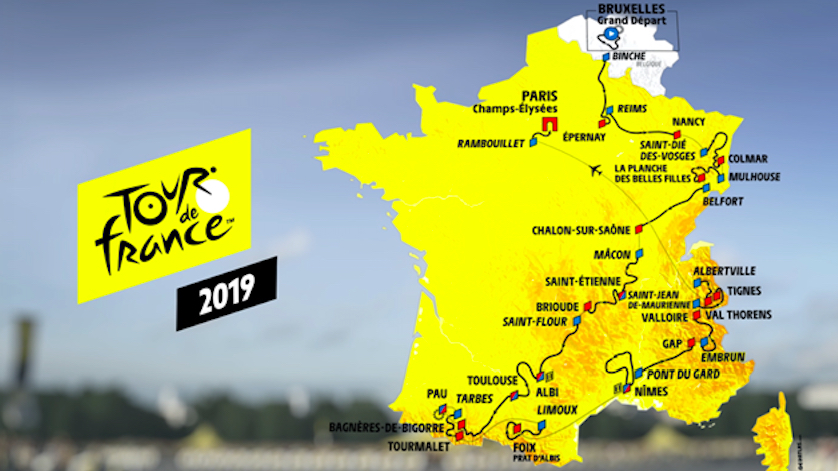
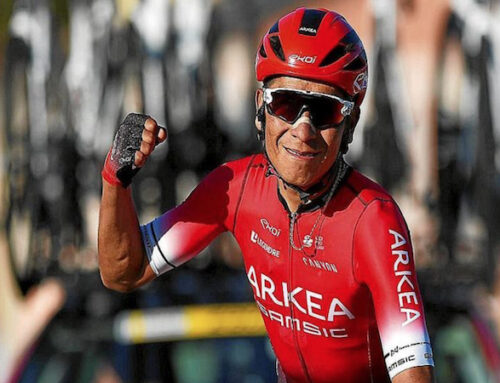
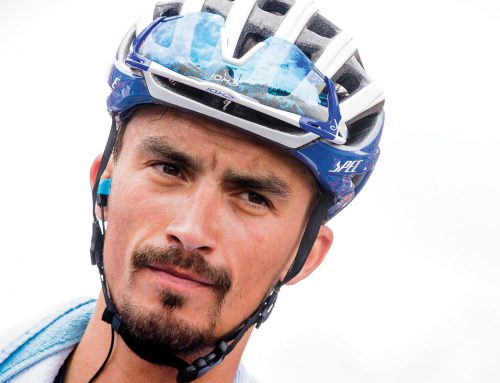
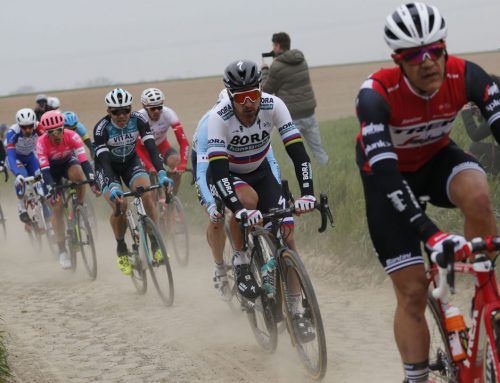
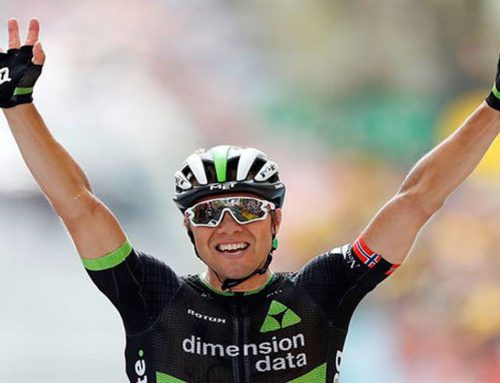
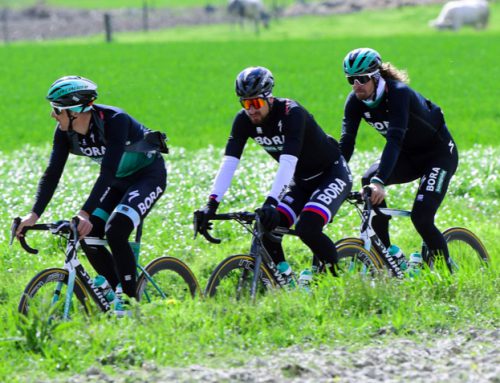
Leave A Comment